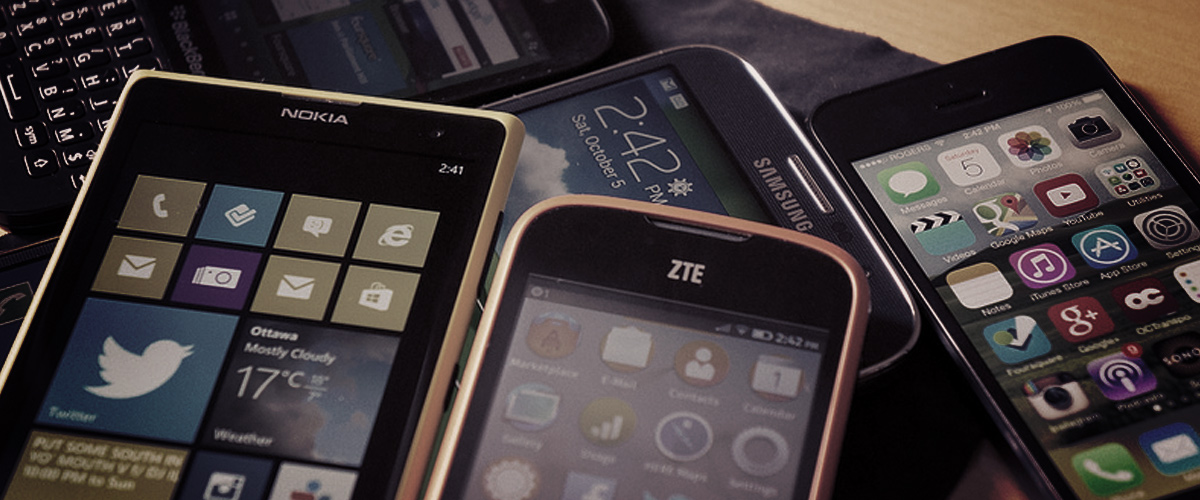Featured Articles

Article in User Manual category.
Free or Paid: Which is Best For Your Mobile App?
Whether you’re a hobbyist taking your first shot at an app or a new company looking to make a name for yourself, mobile application development…
Whether you’re a hobbyist taking your first shot at an app or a new company looking to make a name for yourself, mobile application development requires time and effort which should be rewarded properly. The question many new or small developers have is how to price their apps to compete with companies that have larger budgets for staff and marketing without undervaluing the work.
The Payment Models
The first step in deciding which payment model to go with is to understand the differences between some of the popular, jargon-laden varieties: paid, free, freemium, and paymium. Each option has many unique features and implications that will with ultimately enable or hinder your success.
- Paid
This is your standard business model. You create the product, and you sell the product as it stands. For our purposes, the upfront cost also includes the price of future patches and updates in this definition. Paid apps frequently use trial versions with limited time or feature sets to attract new customers. Most mobile apps ask for $0.99, but many successful apps have asked for more. It’s important to ask the correct value otherwise people will ignore it if it is too expensive or you will lose a lot of potential profit.
Examples: Minecraft, Tasker
- Free
A free app will never have a direct request or method for the user to send you a payment for the app. Free applications use advertisements or donations for revenue, or they simply forego monetization altogether. The obvious draw here is that people are more willing to try something for free than they are to pay for software from a relatively unknown developer.
Examples: The apps for interacting with the major social media sites (Facebook, Twitter, Instagram) are freely available for use.
- Freemium
“Freemium” is the generic adaptation of the term used for the surging trend of Free-to-Play (F2P) video games. There is no initial cost for acquiring the app, but various features or advantages are locked behind a payment wall or an In App Purchase (IAP).
Examples: Candy Crush Saga is free, but the game sells advantages via micro-transactions. Grammarly provides basic English usage and spelling checks, but more advanced editing features require the paid version.
- Paymium
A Paymium app has both an initial cost, but it also has IAPs or subsequent charges for features. So far, it has been relegated to apps with brand recognition for high quality content and service due to needing a draw for the initial buy and enough production value to warrant additional purchases. This method has the most opportunity for making money, but that does not necessarily mean it will.
Example: Infinity Blade is the most successful example of a Paymium mobile application to date.

Which Method Should You Use?
The above question is, unfortunately, incomplete despite its prevalence in the development stage. Instead, the question should be “Which payment model will work the best with my app and the resources invested into it?” There’s no “one size fits all” solution to this problem.
The Gambles: Free and Paymium
A free application that wants to make a profit will depend entirely on generating enough buzz to create a loop of drawing in users to encourage advertisers to invest to attract more users. Once the door has been opened, the loop can manifest rapidly, but it is simply not as effective for revenue generation as the other models unless the app achieves a massive level of market saturation.
Paymium has more varied problems from the more complex model. You will have the combination of security from an initial payment and the ability to earn more through IAPs, but you also bring on all of the problems of both the Freemium and Paid models without the specialization of either. First, you have to convince the user to purchase the app, which is difficult without a large marketing budget. Secondly, the user will have to like your application enough to decide that purchasing additional features after already paying is worth it to them. Finally, Paymium is a more recent concept and will come as a surprise to users who expect to either pay up front or make IAPs.
The Frontrunners: Freemium and Paid
The majority of the successful apps are either Freemium or have an upfront cost with no IAPs, and there is something to be said for using what works for others. Paid versions are dependent on free trials and marketing to persuade users to buy the app, and the lack of IAPs means the sticker price is the most you are going to get per user. Still, it’s a tried and true model.
Freemium allows more maneuverability, and customers can be surprisingly willing to part with what might seem like an exorbitant amount of cash until they become more invested and comfortable with the app. A $50 price tag on an app would likely receive outraged reviews and complaints, but charging $10 for a convenience that’s ultimately “unnecessary” can seem reasonable. You also get to limit advertisements which are aggravating to users with even the most sparing usage.
The Final Verdict
No payment model is going to fit every application’s needs, but the Freemium model allows the greatest distribution with a high return on investment. It should be your first consideration, but don't neglect the others because they may be more well suited for your app.
















